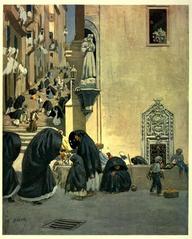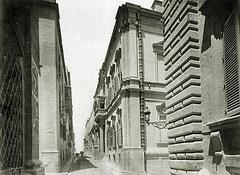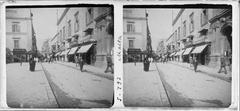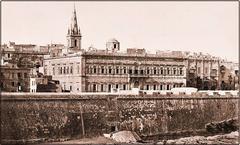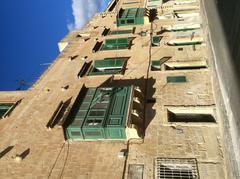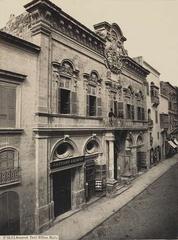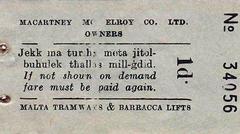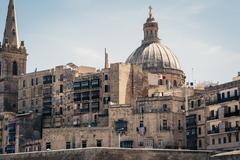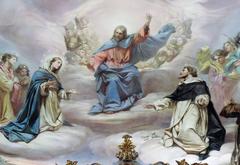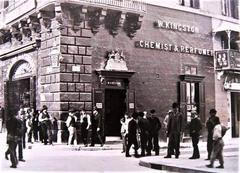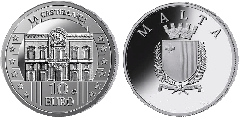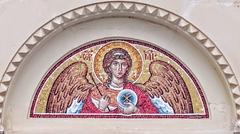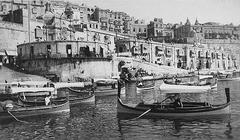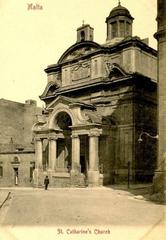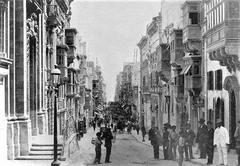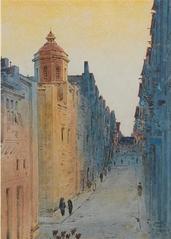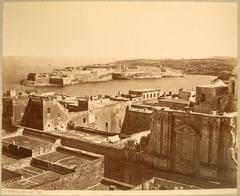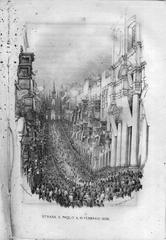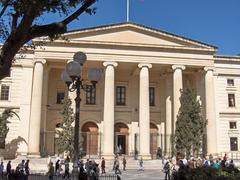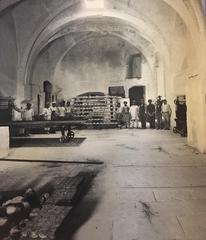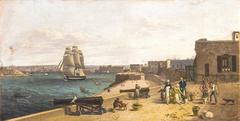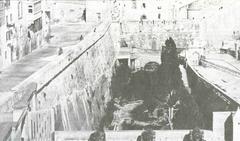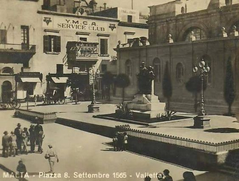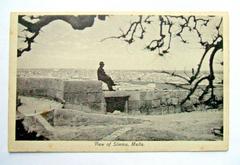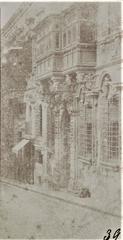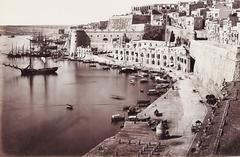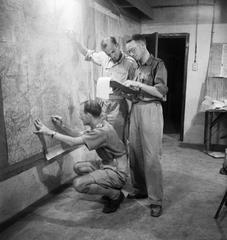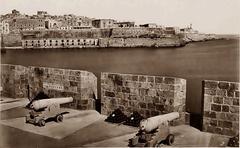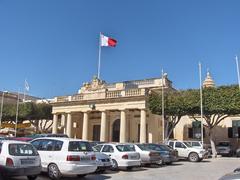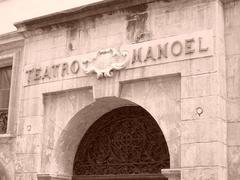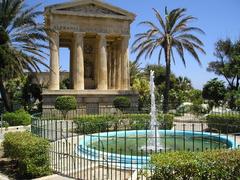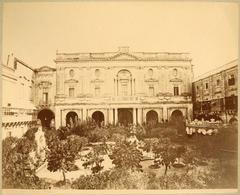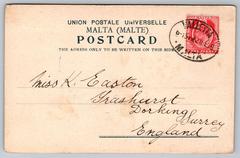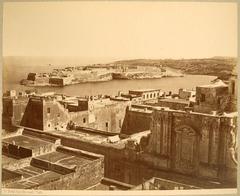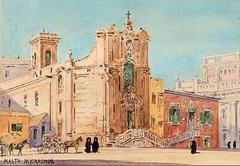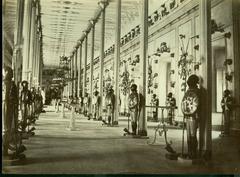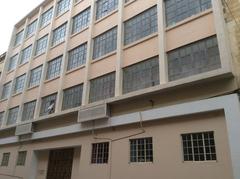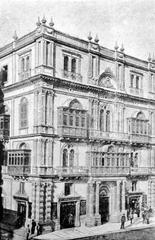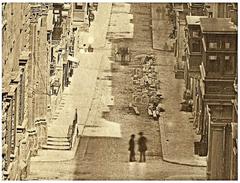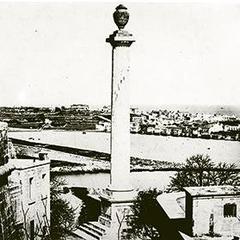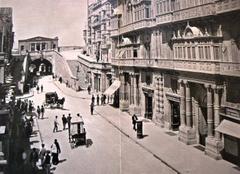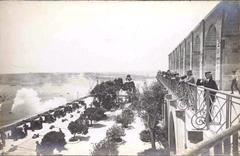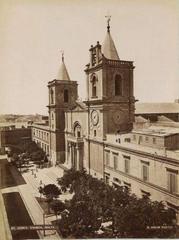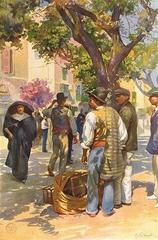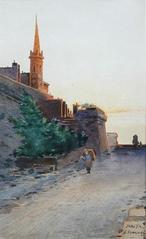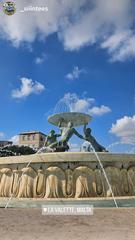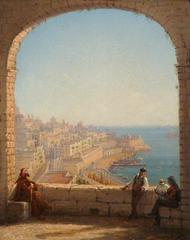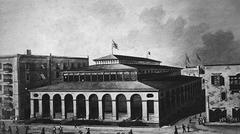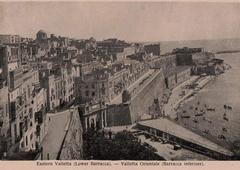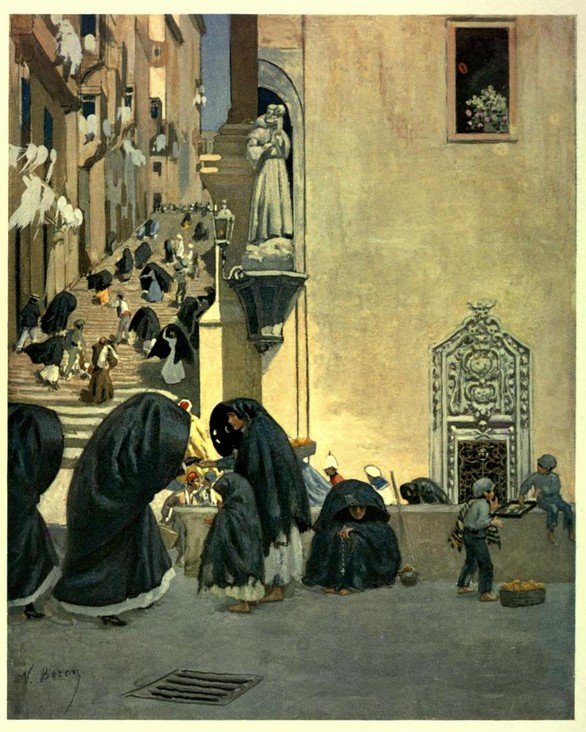
Franciscan Church of St Mary of Jesus, Valletta, Malta: Visiting Hours, Tickets, and Travel Guide
Date: 14/06/2025
Introduction
The Franciscan Church of St Mary of Jesus—locally known as Ta’ Ġieżu—is a cornerstone of Valletta’s UNESCO World Heritage cityscape and a living testament to Malta’s religious, artistic, and cultural legacy. Founded in the late 16th century by the Franciscan Friars Minor, the church has stood witness to centuries of Maltese history. It is celebrated for its blend of Renaissance and Baroque architecture, profound Franciscan spirituality, and artistic treasures such as the Miraculous Crucifix and the recently restored Via Sagra paintings. This comprehensive guide details the church’s history, architectural evolution, artistic highlights, and provides practical information for your visit, ensuring an enriching experience at one of Malta’s most treasured landmarks (Aleteia; Times of Malta; Visit Malta).
Contents
- History and Foundation
- Architectural Evolution
- Religious and Artistic Significance
- Notable Events and Figures
- Visiting Information (Hours, Tickets, Accessibility)
- Nearby Attractions and Visitor Tips
- FAQs
- Visuals and Media
- Related Articles
- Conclusion
- Sources
History and Foundation
Shortly after Valletta’s establishment in 1566, the Franciscan Friars Minor were granted land within the new city to build their church and convent. Construction began in 1571 and the church was consecrated in 1600, making it one of Valletta’s earliest places of worship. The church’s dedication to St Mary of Jesus reflects the Franciscan devotion to the Virgin Mary, and its early presence solidified the Franciscans’ role in the city’s spiritual and social fabric.
Architectural Evolution
The church’s architecture is a harmonious blend of Renaissance sobriety and Baroque embellishment. The original structure, attributed to Girolamo Cassar, features austere, fortress-like limestone masonry. In 1680, French engineer Mederico Blondel introduced Baroque elements to the façade, including pilasters, an arched doorway, and a modest pediment. The church’s interior is a single-nave design with side chapels and a high altar, fostering communal worship and intimacy. Baroque decorative features and intricate stonework enhance the sacred atmosphere (Wikipedia; church.mt).
Religious and Artistic Significance
The Miraculous Crucifix
The Miraculous Crucifix, carved in wood by Sicilian friar Innocenzo da Petralia Sottana around 1630, is the church’s spiritual and artistic focal point. This life-sized, polychrome sculpture is renowned for its lifelike realism and deep devotional resonance. Legends recount that the head of Christ was completed miraculously after a night of prayer. The crucifix has long been a source of comfort and faith for locals, especially during times of crisis, and is central to Holy Week processions (Aleteia; lovemalta.com).
The Via Sagra
A newly restored set of 14 Via Sagra (Stations of the Cross) paintings was unveiled in 2024 after an extensive restoration. The project revealed works by renowned artists Francesco Zahra and Gian Nicola Buhagiar, with gilded frames restored using traditional water gilding techniques. These paintings enrich the church’s artistic and devotional heritage and are especially significant during Lent (GuideMeMalta).
Other Artistic Highlights
- Titular Painting: The Visitation by Antonio Catalano, c.1600, showcases late Renaissance artistry.
- Our Lady of Sorrows by Stefano Erardi is a Baroque masterpiece revered for its emotional depth.
- Sculptural and Decorative Elements: Marble and gilded wood altars, statues, and Baroque ornamentation create a sacred, visually striking interior.
Notable Events and Figures
- Restoration and Conservation: Recent projects have preserved the Miraculous Crucifix and Via Sagra paintings, supported by local institutions and the Bank of Valletta (Times of Malta).
- 1813–1814 Plague Epidemic: The church played a key role, with friars caring for the sick at great personal risk.
- World War II: Ta’ Ġieżu suffered damage during air raids but remained a hub for spiritual support.
- Prominent Figures: Frate Innocenzo da Petralia, Blessed Nazju Falzon, and contemporary Franciscan leaders have shaped the church’s legacy.
Visiting Information
Opening Hours
- Monday–Saturday: 9:00 AM – 5:00 PM
- Sunday: 9:00 AM – 1:00 PM (may vary during festivals)
- Note: Hours can change on public holidays and during special liturgical events.
Admission and Tickets
- Admission: Free
- Guided Tours: Available on request via local tour operators or the Franciscan community. Donations support conservation.
Accessibility
- Ramps: Installed at the main entrance for wheelchair access.
- Assistance: Available upon prior request.
Location and Travel Tips
- Address: St Ursula Street, Valletta
- Transport: Short walk from Valletta’s main bus terminal, close to major attractions.
- Dress Code: Modest attire (shoulders and knees covered); hats removed inside.
- Photography: Allowed (no flash), respecting worship and ceremonies.
- Facilities: No restrooms or cafés onsite, but amenities are nearby.
Nearby Attractions and Visitor Tips
- St John’s Co-Cathedral
- Grandmaster’s Palace
- Upper Barrakka Gardens
- National Museum of Archaeology
Tips for a Memorable Visit:
- Arrive early for a peaceful experience.
- Combine your visit with other central Valletta attractions.
- Check ahead for closures during religious ceremonies.
- Respect local customs and participate quietly if attending services.
- Wear comfortable shoes for Valletta’s cobbled streets.
Frequently Asked Questions (FAQs)
Q: Is there an entrance fee?
A: No, entry is free. Donations are appreciated.
Q: Are guided tours available?
A: Yes, upon request or through local tour operators.
Q: What are the opening hours?
A: Monday to Saturday 9:00 AM–5:00 PM, Sunday 9:00 AM–1:00 PM; check for variations during festivals.
Q: Is the church accessible for people with disabilities?
A: Yes, ramps are available, and assistance can be arranged.
Q: Can I photograph inside the church?
A: Yes, but please do so respectfully and without flash.
Visuals and Media
- Explore high-quality images and virtual tours on the Visit Malta website.
- Additional visuals and restoration updates can be found at church.mt and maltathemedtours.com.
Related Articles
Conclusion
The Franciscan Church of St Mary of Jesus (Ta’ Ġieżu) encapsulates the essence of Malta’s enduring faith, artistic vibrancy, and historical resilience. With its blend of Renaissance and Baroque architecture, revered artworks like the Miraculous Crucifix and Via Sagra paintings, and its ongoing role as a center for worship and community engagement, it offers a unique and profound visitor experience. Plan your visit to explore this sacred landmark, and use resources like the Audiala app and official tourism platforms for updates on events and restoration projects.
Download the Audiala app for audio tours, event notifications, and exclusive heritage content. Follow us on social media and explore our related articles for deeper insights into Malta’s rich history.
Sources
- The Miraculous Effigies of Jesus Christ in Malta and Gozo, Aleteia
- The Miraculous Crucifix at Ta’ Ġieżu Church in Valletta, Times of Malta
- Restored to Former Glory: Valletta’s Ta’ Ġieżu Church Unveils 14 Fully Revived Via Sagra Paintings, GuideMeMalta
- Exterior of Valletta’s Ta’ Ġieżu Church Being Restored, church.mt
- Visiting St Mary of Jesus Church, Visit Malta
